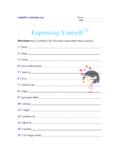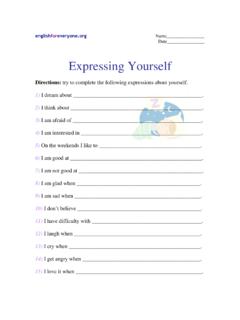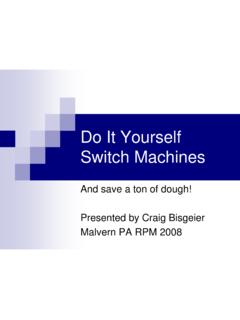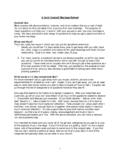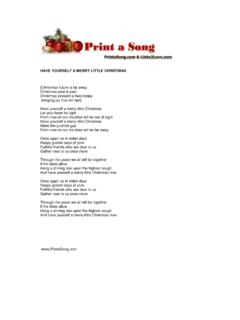Transcription of Fast Facts - Centers for Disease Control and …
1 heat stress , from exertion or hot environments, places workers at risk for illnesses such as heat stroke, heat exhaustion, or heat StrokeA condition that occurs when the body becomes unable to Control its temperature, and can cause death or permanent High body temperature Confusion Loss of coordination Hot, dry skin or profuse sweating Throbbing headache Seizures, comaFirst Aid Request immediate medical assistance. Move the worker to a cool, shaded area. Remove excess clothing and apply cool water to their body. heat ExhaustionThe body s response to an excessive loss of water and salt, usually through sweating. Symptoms Rapid heart beat Heavy sweating Extreme weakness or fatigue Dizziness Nausea, vomiting Irritability Fast, shallow breathing Slightly elevated body temperatureFirst Aid Rest in a cool area.
2 Drink plenty of water or other cool beverages. Take a cool shower, bath, or sponge FactsHeat StressProtecting Yourself fromHeat CrampsAffect workers who sweat a lot during strenuous activity. Sweating depletes the body s salt and moisture levels. Symptoms Muscle cramps, pain, or spasms in the abdomen, arms or legsFirst Aid Stop all activity, and sit in a cool place. Drink clear juice or a sports beverage, or drink water with food. Avoid salt tablets. Do not return to strenuous work for a few hours after the cramps subside. Seek medical attention if you have the following: heart problems, are on a low-sodium diet, or if the cramps do not subside within one YourselfAvoid heavy exertion, extreme heat , sun exposure, and high humidity when possible.
3 When these cannot be avoided, take the following preventative steps: Monitor your physical condition and that of your coworkers for signs or symptoms of heat illnesses. Wear light-colored, loose-fitting, breathable clothing such as cotton. Avoid non-breathable synthetic clothing. Gradually build up to heavy work. Schedule heavy work during the coolest parts of day. Take more breaks when doing heavier work, and in high heat and humidity. Take breaks in the shade or a cool area. Drink water frequently. Drink enough water that you never become thirsty. Be aware that protective clothing or personal protective equipment may increase the risk of heat -related illnesses. DEPARTMENT OF HEALTH AND HUMAN SERVICESC enters for Disease Control and PreventionNational Institute for Occupational Safety and (NIOSH) Publication No.
4 2010 114 Telephone: 1 800 CDC INFOTTY: 1 888 232 6348E-mail: healthier people










